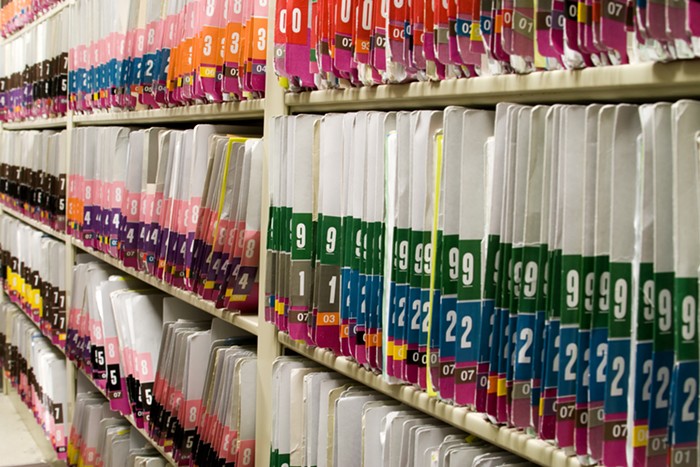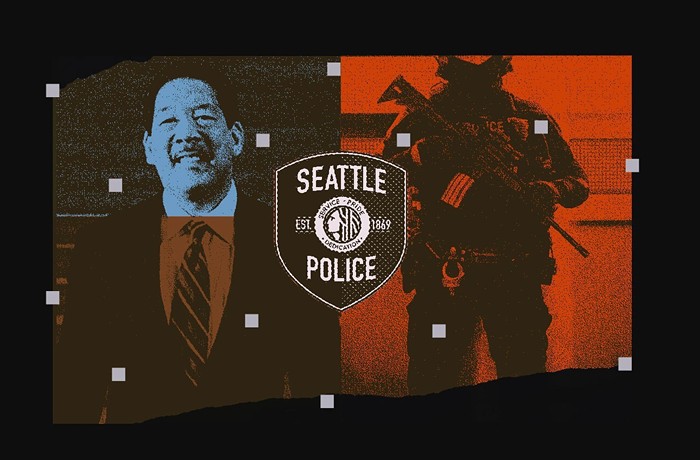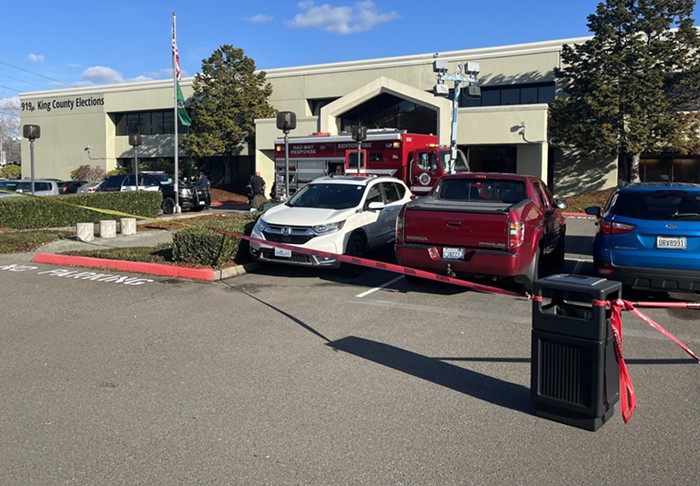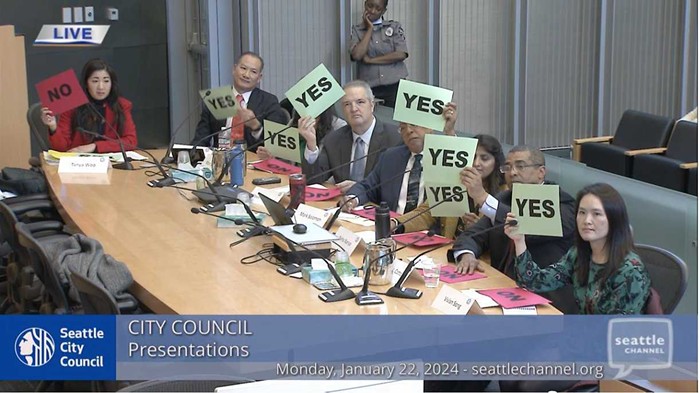Obsession over the viaduct-replacement debate has reached epic levels, but four miles northeast, another transit monstrosity is falling apart, too. The 520 bridge cuts across four neighborhoods, crosses the beloved arboretum, is jammed every day with Seattle-to-Eastside commuters, and by 2010 the state is supposed to know how to replace it. In addition to its rather rapid and dangerous decay, the 1960s-era floating bridge is plagued with traffic congestion, no bus or carpool (or HOV) lanes, and a messy on-ramp/off-ramp interchange that slices through the Montlake neighborhood.
For 10 years, state and city officials have pondered the pluses and minuses of replacement plans, and Thursday, September 7, the Seattle City Council and the mayor's office are holding an open-to-the-public, "workshop-style" meeting to look into the top four plans. The 520 bridge looks like it'll be the next transportation issue to be feverishly fetishized by Seattle's multitude of transit wonks, so City Hall is the place to be if you want to opine about the decrepit bridge or listen to expert opinions.
The cheapest plan does little to improve public transportation, and the most expensive plan—which incorporates light rail, buses, and is backed by the Montlake community—will also build a giant interchange over the natural water area right next to the arboretum.
The 520 plans are complex (the state's environmental impact statement is 3,800 pages long), but they boil down to four main proposals, all of which include the addition of a 14-foot-wide bike lane.
At a price tag of $2 billion, the cheapest option is a basic four-lane rebuild. It'll be the exact same bridge, connecting to Seattle at the existing Montlake interchange, only with modern construction, wider shoulders, and a bike lane.
+ Cheap(er)
+ Possibly a smaller environmental impact on the arboretum than the other plans
- No carpool or bus lane
- Eastsiders are against it because it doesn't increase capacity (we say take the bike lane)
The next step up in price is the six-lane base option, which could cost up to $2.8 billion and also connects at the Montlake interchange.
+ Includes an HOV lane.
- Does not dramatically improve public transit
- Doesn't improve Montlake interchange
The $2.9 billion Second Montlake Bridge option calls for the construction of a second drawbridge across the Montlake cut, right next to the current one, to use as a bus and carpool lane.
+ Buses won't have to merge with other traffic in the Montlake interchange
- Only a small reduction in traffic congestion
The most extensive design is dubbed the six-lane Pacific Interchange option. Pushed by Montlake community members, this plan moves the entire 520 on-ramp/off-ramp interchange from where it is now (in the middle of the Montlake neighborhood) east to out over the water. The bridge interchange would be 170 feet tall and connect to Seattle at what is currently the Husky Stadium parking lot, where Sound Transit is also planning a light-rail station.
+ Reduce traffic on Montlake Bridge by 50 percent
+ Major transit improvement: easy access for buses and good light-rail connection
+ Community benefits for Montlake neighbors
- $3.1 billion price tag
- Midair interchange will visually affect the arboretum and surrounding area
Every option will also implement tolls—an estimated $3.50 charge each way—that will finance $700 million of the construction cost. Those tolls are part of the solution to the project's money problem: The bridge has $1.2 billion in funds secured from taxes and tolls, but planners are hoping voters will choose to pony up another billion dollars for the project via the Regional Transportation Improvement District (RTID) ballot measure next year. If the measure falls through, it's back to the drawing board. 


















